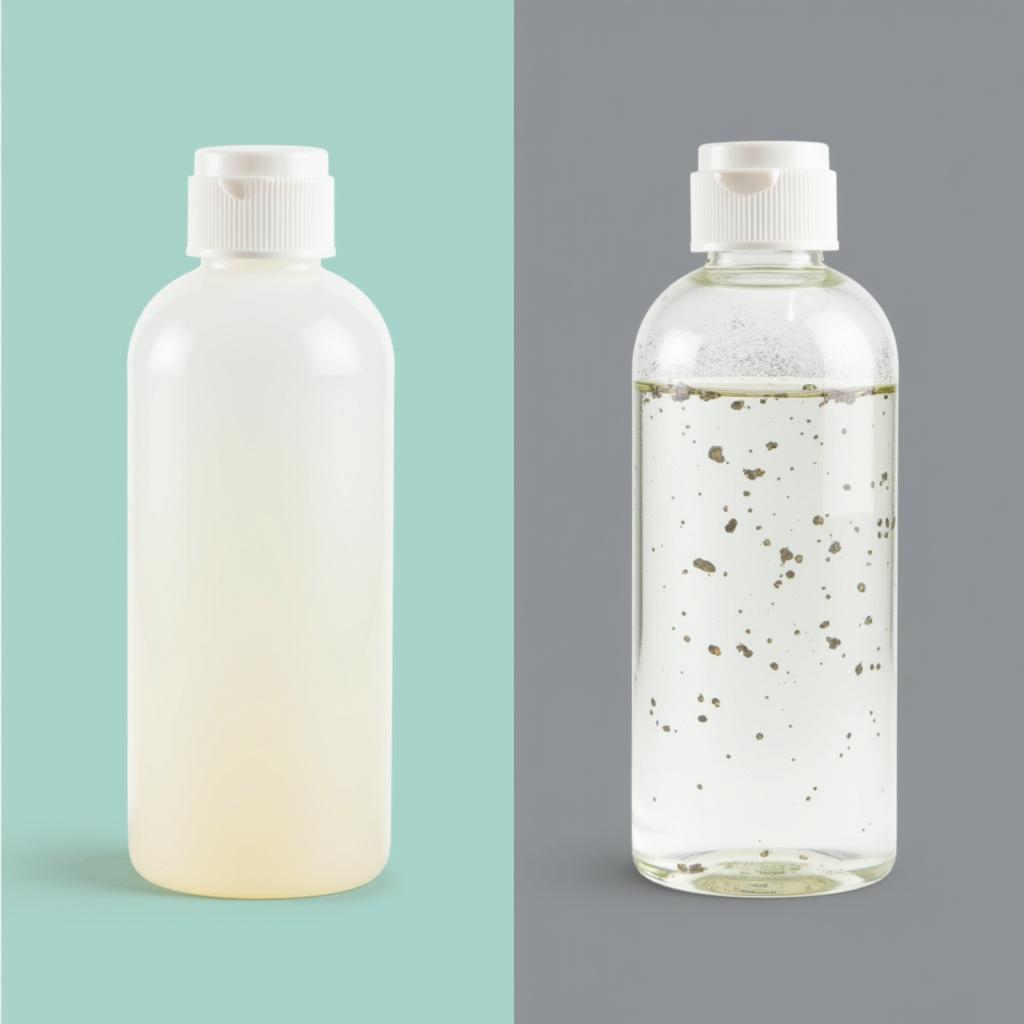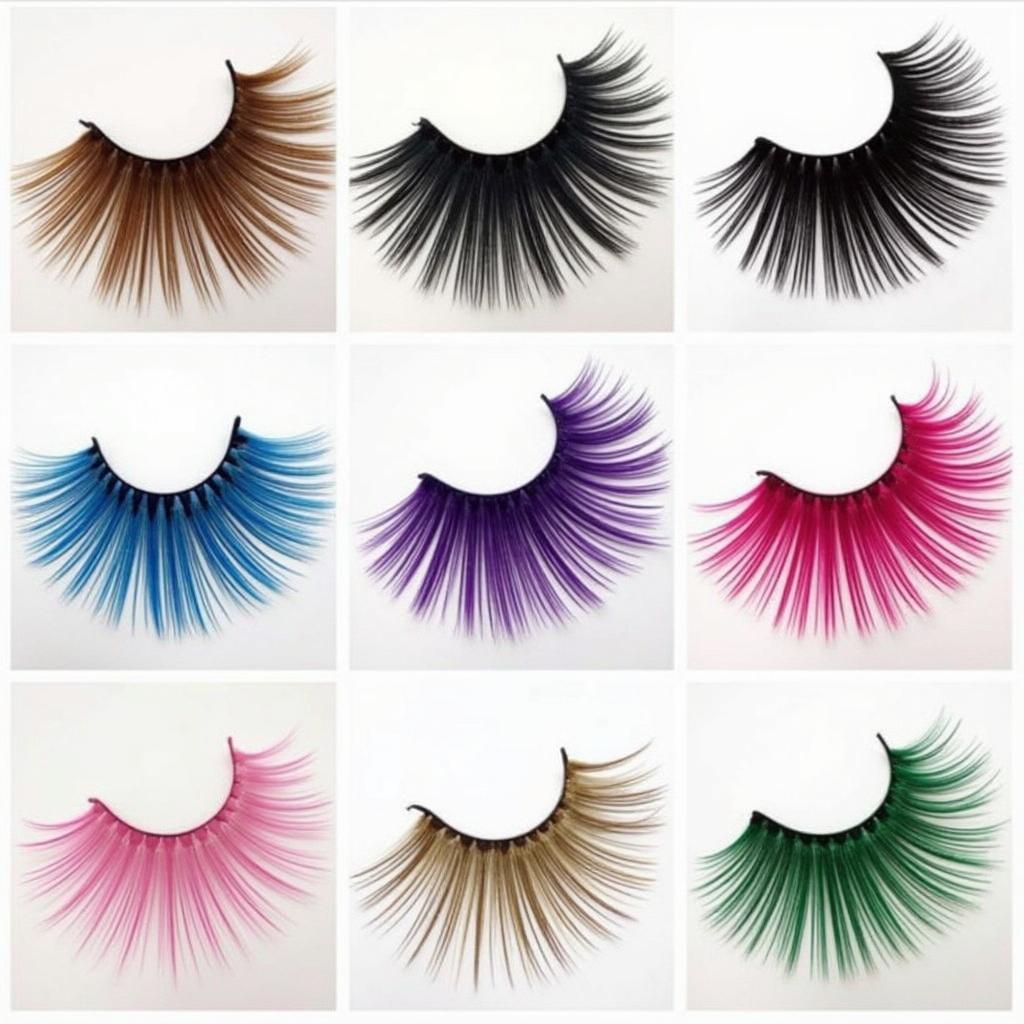Contraconch Piercing: A Comprehensive Guide
- AmazoniaSilva
- Tháng 12 13, 2024
- Zodiac signs
- 0 Comments
A Contraconch Piercing adorns the inner part of your ear, offering a unique and stylish look. This guide explores everything you need to know about contraconch piercings, from the procedure itself to aftercare and styling tips.
Understanding the Contraconch Piercing
Contraconch piercings are placed in the deep bowl-shaped area of your ear cartilage, opposite your conch piercing. This piercing can be striking on its own or complement other ear piercings beautifully. The placement requires precision, making it essential to choose a highly skilled and experienced piercer.
Choosing the Right Piercer for Your Contraconch
Finding the right piercer is crucial for a safe and successful contraconch piercing. Look for a reputable studio with licensed piercers who prioritize hygiene and use sterilized equipment. Check online reviews and portfolios to gauge their experience and expertise. Don’t hesitate to ask questions about their sterilization procedures and aftercare advice.
The Contraconch Piercing Procedure
The piercer will first clean and disinfect the area. Then, they mark the precise location for the piercing. Using a sterile needle, they’ll create the piercing. Finally, they’ll insert the initial jewelry. The procedure is relatively quick, but discomfort is to be expected.
Pain and Healing Time
While pain tolerance varies, the contraconch piercing is considered moderately painful due to the thickness of the cartilage. The healing process generally takes between 6-12 months. Proper aftercare is vital for minimizing complications and ensuring complete healing.
Contraconch Piercing Aftercare
Diligent aftercare is paramount for a healthy contraconch piercing. Clean the piercing twice daily with a sterile saline solution. Avoid touching the piercing with dirty hands and refrain from sleeping on the pierced ear. Avoid swimming and submerging the piercing in water for the first few weeks.
Potential Complications and How to Address Them
Like any piercing, a contraconch piercing can experience complications such as infection, keloids, or migration. If you notice signs of infection like redness, swelling, or pus, consult a doctor or piercer immediately.
Choosing the Right Jewelry for Your Contraconch
Initially, a labret stud is often recommended for a contraconch piercing. Once healed, you can explore other options like hoops, rings, or curved barbells. Choose high-quality materials like titanium or surgical steel to minimize the risk of allergic reactions.
Styling Your Contraconch Piercing
A contraconch piercing offers a unique canvas for self-expression. You can opt for a minimalist stud for a subtle look or choose a statement piece to make a bold statement. Coordinate your contraconch jewelry with other ear piercings to create a curated ear look.
“The contraconch piercing can be a challenging piercing due to its location, but with proper aftercare, it can be a beautiful addition to any ear curation,” says Maria Williams, a professional piercer with 15 years of experience.
“It’s important to listen to your body during the healing process,” adds John Davis, another experienced piercer. “If you notice any discomfort or signs of infection, don’t hesitate to reach out to a professional.”
Conclusion
A contraconch piercing is a stylish and unique way to express your individuality. By choosing a skilled piercer, following proper aftercare procedures, and selecting the right jewelry, you can enjoy a beautifully healed contraconch piercing. Remember to prioritize your health and consult professionals if you have any concerns.
FAQ
- How much does a contraconch piercing typically cost? Prices vary depending on location and studio but typically range from $40-$80.
- Can I change my contraconch jewelry myself? It’s best to have your piercer change the jewelry initially. Once healed, you can likely change it yourself, but always prioritize hygiene.
- What if my contraconch piercing gets infected? Consult a doctor or piercer immediately if you suspect an infection.
- How long should I wait before changing my contraconch jewelry? Wait at least 6-12 months, or until your piercer confirms it’s fully healed.
- What type of jewelry is best for a fresh contraconch piercing? A labret stud made of titanium or surgical steel is often recommended.
- Can I sleep on my contraconch piercing? Avoid sleeping directly on the piercing, especially during the healing process.
- Is a contraconch piercing more painful than a conch piercing? Generally, yes, due to the thicker cartilage.
Common Contraconch Piercing Scenarios
- Scenario 1: Redness and swelling around the piercing a few days after the procedure. This is normal, but monitor for increased swelling, pus, or fever.
- Scenario 2: The piercing seems to be migrating. Consult your piercer, as this could indicate a problem.
Related Articles and Further Exploration
For more information on piercings and body modifications, check out these articles on our website: Conch Piercing Guide, Ear Piercing Aftercare Tips, Choosing the Right Piercing Jewelry.
Need help with your contraconch piercing? Contact us at [email protected] or visit us at Fifth Avenue, 34th Floor, New York, NY 10118, USA. Our customer service team is available 24/7.

